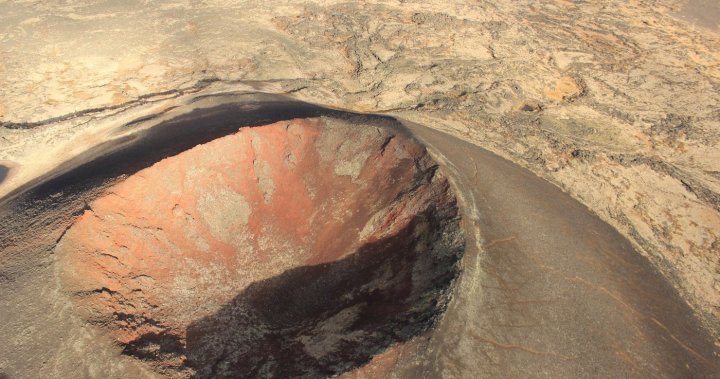
Mountains of glass: The archeological intrigue of B.C.’s Mount Edziza Park
Global News
Mount Edziza itself is a strato-volcano, structured with steep sides and more cone-shaped than its shield-like brethren.
British Columbia is home to two major volcanic mountain ranges in its northwest corner.
The Mount Edziza and Spectrum ranges cover more than 2,000 square kilometres of ice-frosted peaks, valleys, glaciers, and canyons.
The Prince George Citizen’s Mark Nielsen trekked across the surreal landscape of cinder cones and ancient lava flows in 2017 for a week and called it a worthwhile challenge.
But the landscape has much more to offer than just hiking.
The largest known obsidian outcrops in western Canada are found here, etched into the soil eight million years ago, a gift left behind by basalt strato-volcanoes, shield volcanoes, lava domes and calderas.
Mount Edziza itself is a strato-volcano, structured with steep sides and more cone-shaped than its shield-like brethren.
The volcanic complex at Edziza has long since gone quiet, as the last magma cycle was 20,000 years ago, the fifth and final of cycles characterized by constant eruptions.
The gift of obsidian has been used by First Nations in the region as early as 10,000 years ago, with the Tahltan people having used the volcanic glass to make tools and weaponry. Edziza means cinders in the Tahltan language.











